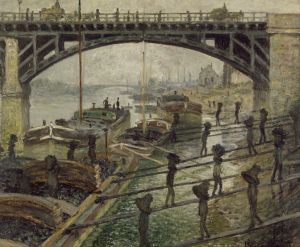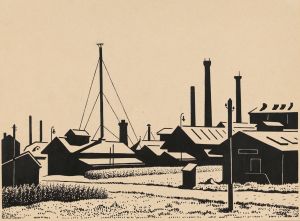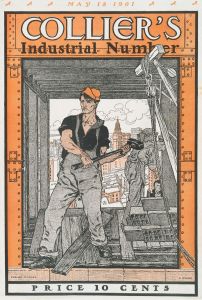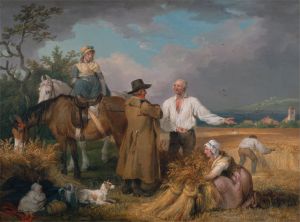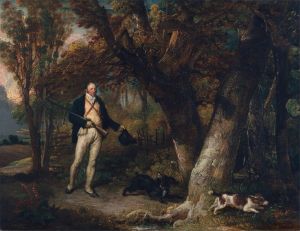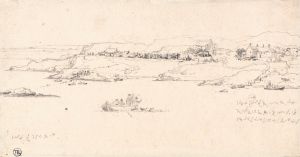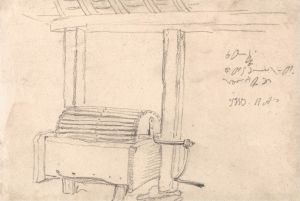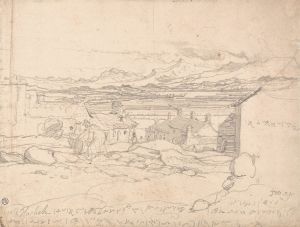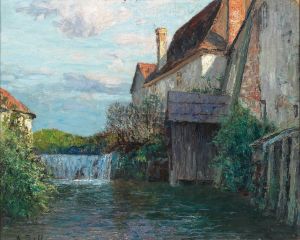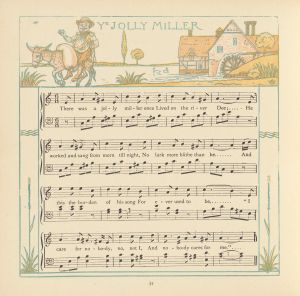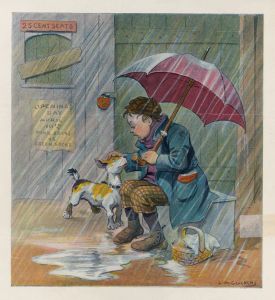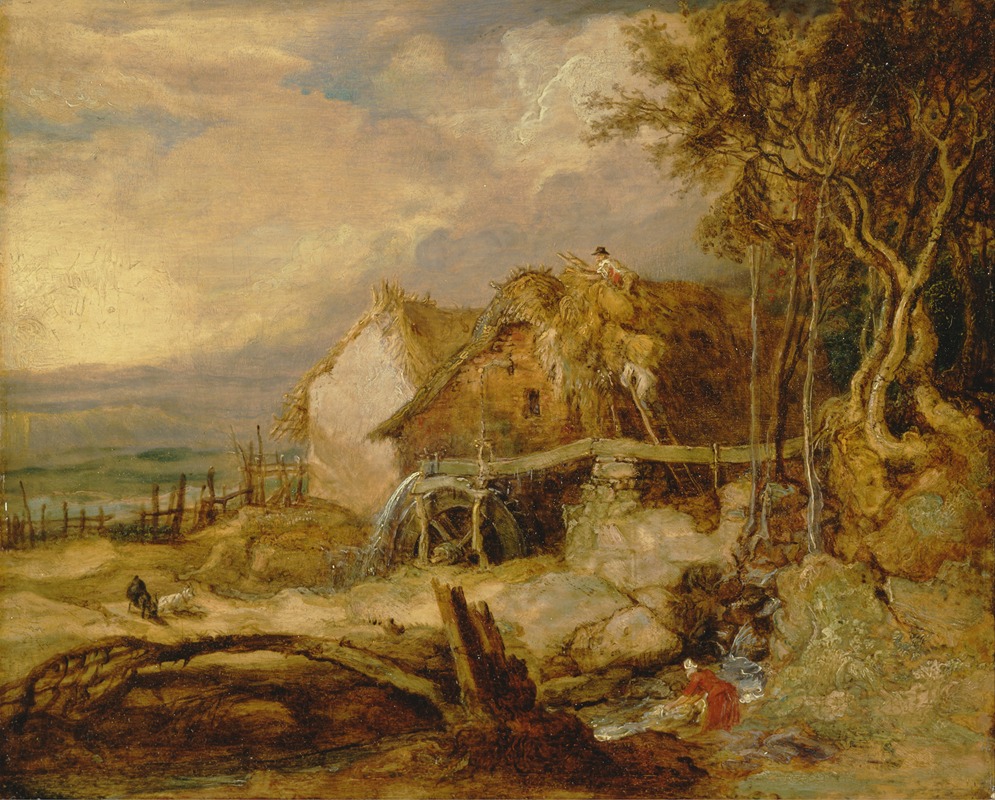
An Overshot Mill
A hand-painted replica of James Ward’s masterpiece An Overshot Mill, meticulously crafted by professional artists to capture the true essence of the original. Each piece is created with museum-quality canvas and rare mineral pigments, carefully painted by experienced artists with delicate brushstrokes and rich, layered colors to perfectly recreate the texture of the original artwork. Unlike machine-printed reproductions, this hand-painted version brings the painting to life, infused with the artist’s emotions and skill in every stroke. Whether for personal collection or home decoration, it instantly elevates the artistic atmosphere of any space.
"An Overshot Mill" is a painting by James Ward, an English painter and engraver renowned for his animal studies, landscapes, and genre scenes. Created in 1847, this work exemplifies Ward's skill in capturing rural life and the natural environment during the 19th century. The painting depicts an overshot watermill, a type of mill powered by water flowing over the top of a wheel, a common feature in the English countryside during the Industrial Revolution.
James Ward (1769–1859) was a prominent figure in British art, particularly known for his contributions to the Romantic movement. His works often reflect a deep appreciation for the pastoral and agrarian landscapes of England, as well as the technological advancements of his time. "An Overshot Mill" is a testament to Ward's ability to combine technical precision with a romanticized view of rural industry.
The painting showcases Ward's attention to detail, particularly in the rendering of the mill's structure, the flowing water, and the surrounding natural elements. The composition highlights the interaction between human ingenuity and the natural world, a theme that resonated during a period of significant industrial and agricultural change in Britain.
"An Overshot Mill" is held in the collection of the Tate Gallery in London, where it is appreciated as an example of Ward's mastery in landscape painting. The work is also valued for its historical significance, offering insight into the rural and industrial heritage of 19th-century England.
No further detailed information about the specific inspiration or commission for this painting is available.





